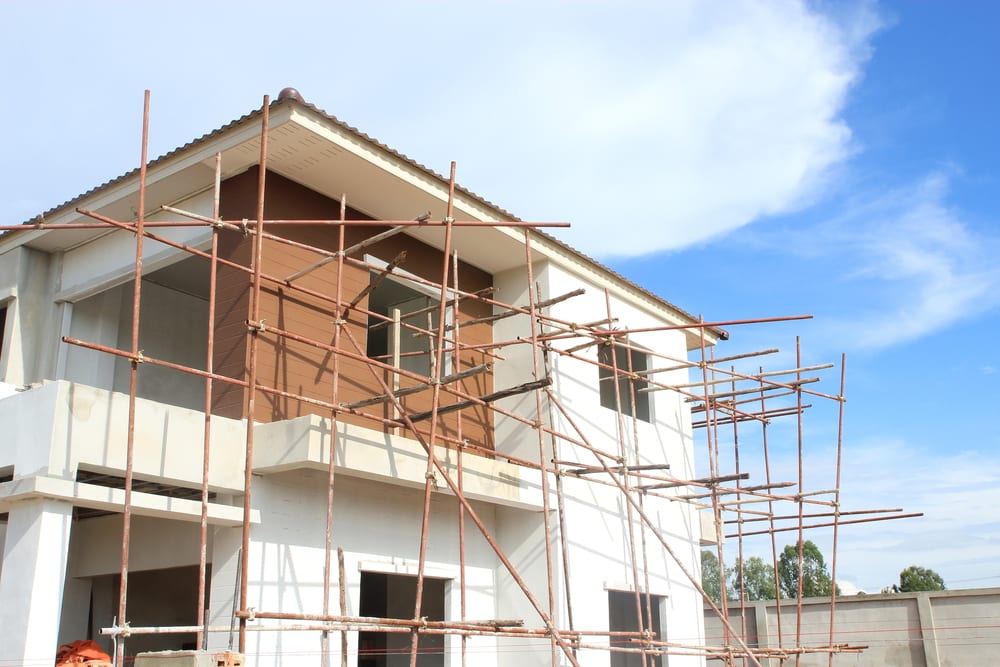
Exploring An Additional Revenue Source In Property Development
If you are looking to broaden your revenue streams in the real estate industry, then property development can be a potentially good path to follow.
Property development can offer a realistic return and provide the flexibility to adapt to several changing conditions with the end goal of realising your returns on investment.
Plan carefully and set realistic goals
It is vital to plan carefully when considering property development and targeting a 15% to 20% return on development costs is a practical target, provided it constitutes the profit made after selling the property or refinanced the property before taxes.
This is also called your net profit, which means that a 20% return means that your net profit was 20% fo the project’s total development cost.
Aim to target no less than 15%
Why aim for 15%? Based on current statistics, a conservative target of a 15% rate of return is the sweet spot, considering property market fluctuations and instances where prices fall lower than anticipated.
A 15% margin makes for a good level of protection and fallback in the event of sudden changes in the market that can be achieved and maintained, allowing you to make fair returns during good market periods and provide you with sufficient resources when the market turns bad.
While you cannot expect to pursue development projects during market slumps, the 15% rule gives you a better resolution and allows you to be more realistic when negotiating for options.
The best part is, it becomes less risky to walk away from a bad market situation and lose a whole lot less when a market situation is turning sour and allows you to get back to the market when the market is in a better position.
Risk protection level in banks
If you need to validate the 15% to 20% return rate, consider the standard buffer of banks generally having the same level of risk protection buffer.
This is evident with the current terms for standard mortgages where lenders usually require a borrower to provide a deposit of 15 to 20 percent of the property’s value.
Why? This is based on the general assumption that the real estate market is less likely to fall more than 20%, which means that in the event a mortgage holder defaults the banks can still get back their money by keeping the deposit and listing the property in the market.
Applying this principle in a property development venture can help you reduce your exposure to risks.
Minimising your risks
Maintaining a risk-conscious approach to project development can indeed help minimise your risks. That is why it is important to always consider the potential downsides when doing financial feasibility on a potential development site. Always take a cautious view of worse-case scenarios when calculating potential returns of your development plans.
Gauge your ability to finance the project under bad situations and assume that interest rates will dramatically rise and forecast how it could impact the completion of your project.
What if the market falls?
As mentioned before, always consider that the market can crash and your worst-case scenario options can become a reality whether suddenly or over some time.
If you do your realistic calculations and still be able to make a good return, then you can go ahead with your development plans.
What’s important is that you have done your due diligence in your project development investment to ensure that you have foreseen your win-win situation no matter what happens.